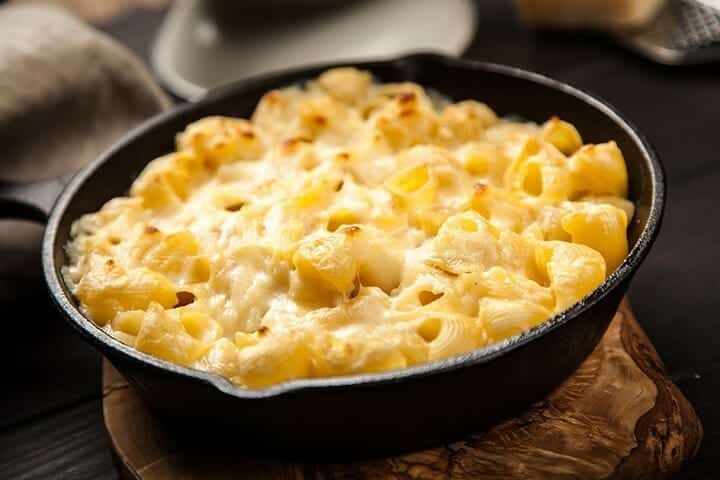

Other flavorful compounds present in cheese are mostly intentional byproducts of bacteria and aging. Salt can have a profound effect on the texture of the cheese-saltier cheeses have had more moisture drawn out of the curd before being pressed, so they tend to be drier and firmer.

Individual milk proteins (the main ones are four similar molecules called caseins) resemble little tadpoles, with hydrophobic (water-avoiding) heads, and hydrophilic (water-seeking) tails. Protein micelles are spherical bundles of milk proteins.Because of this, and because of their suspension, the fat globules don't come into contact with each other to form larger globules: cheeses stay creamy or crumbly instead of greasy.

Under around 90☏ (32☌), the fat is solid. In solid cheese, milk fat is suspended in the form of microscopic globules held in a tight matrix of protein micelles (more on those in a second).Famous hard cheeses, like Parmigiano-Reggiano or Pecorino Romano may be as little as 30% water after several years of aging. What's not to love about a steaming bowl of pasta swimming in a thick cheese sauce Here we present two great recipes for the inimitable comfort food, including one that is suitable for vegans. The longer a cheese is aged for, the more moisture it loses, and the harder it becomes. Young cheeses like Jack, mild cheddar, or mozzarella have a relatively high water content-up to 80%.


 0 kommentar(er)
0 kommentar(er)
